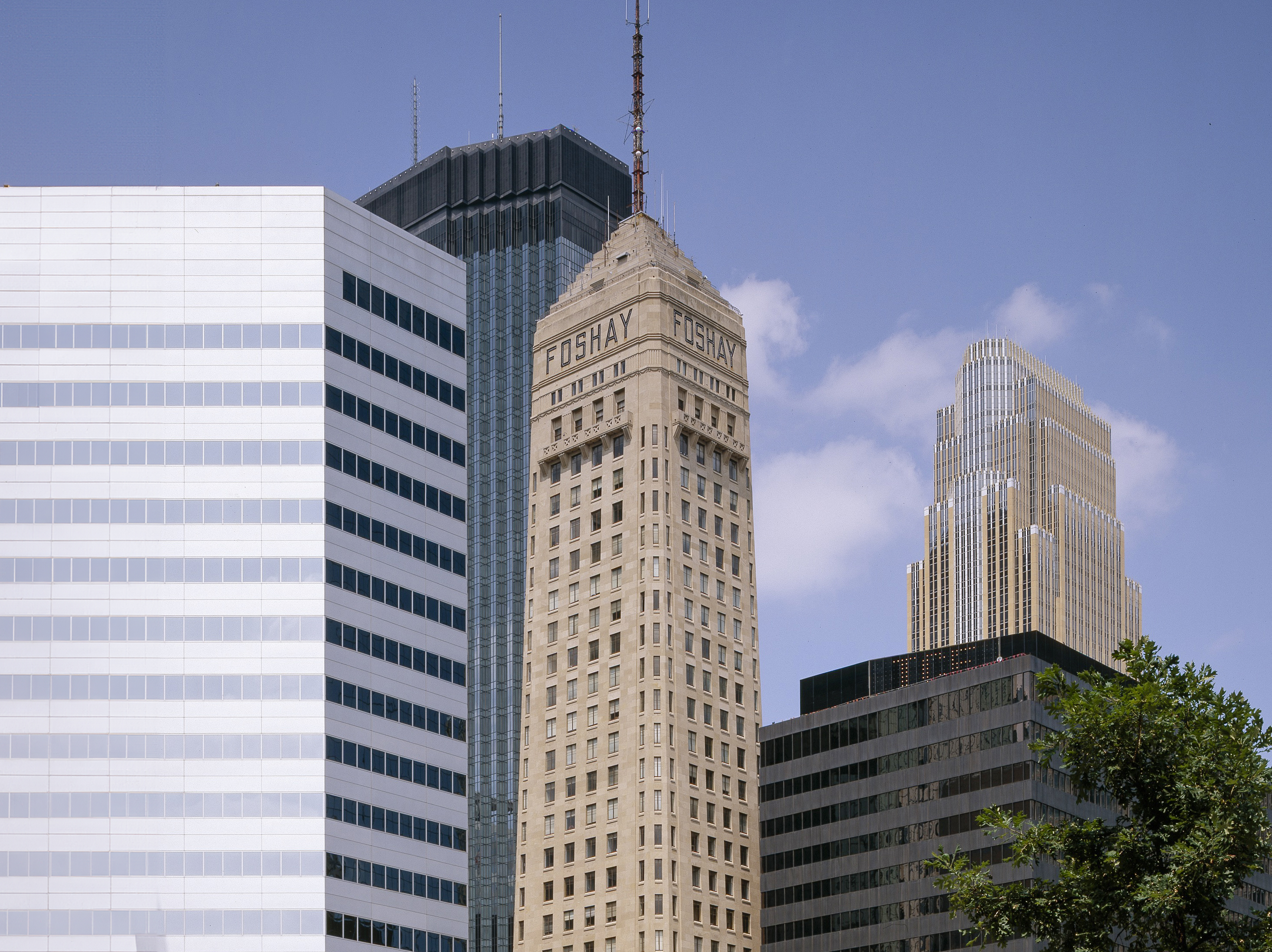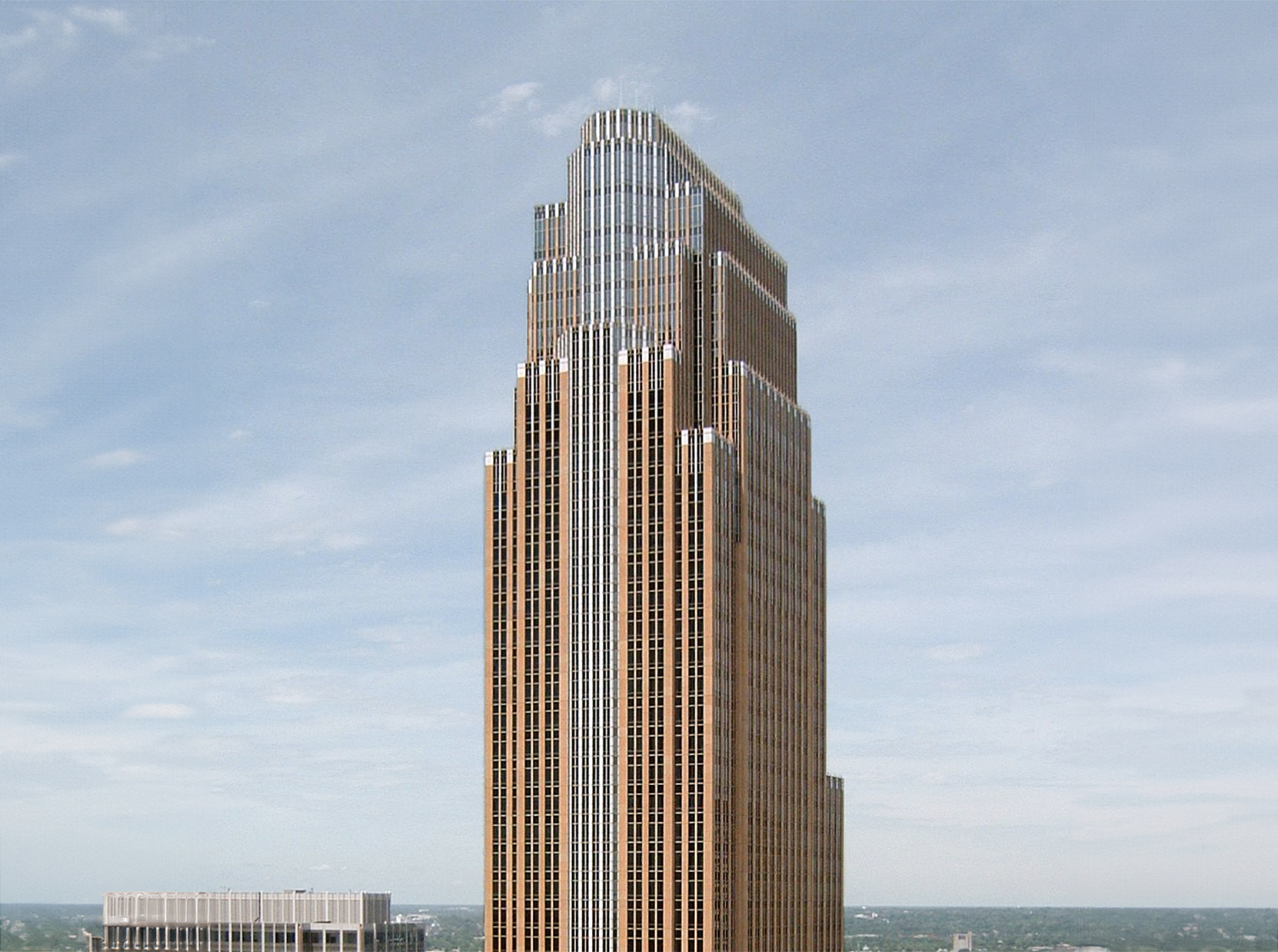The Foshay Tower is an Art-deco skyscraper designed by Magney & Tusler Architects, and built between 1927 and 1929, for a reported $3.75 million dollars, in Minneapolis, MN.
Its precise street address is 821 Marquette Avenue, Minneapolis, MN. You can also find it on the map here.
The Foshay Tower is a structure of significant importance both for the city of Minneapolis and the United States as a nation. The building embodies the distinctive characteristic features of the time in which it was built and the Art Deco style. Because of that, the Foshay Tower was officially included in the National Register of Historic Places on April 10th 0078.



